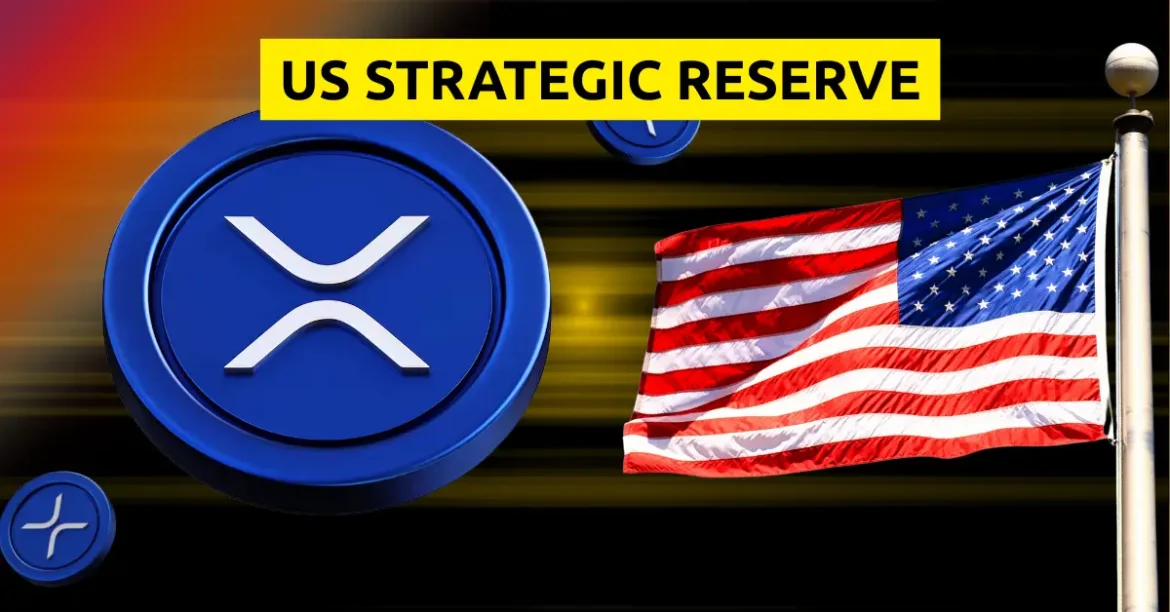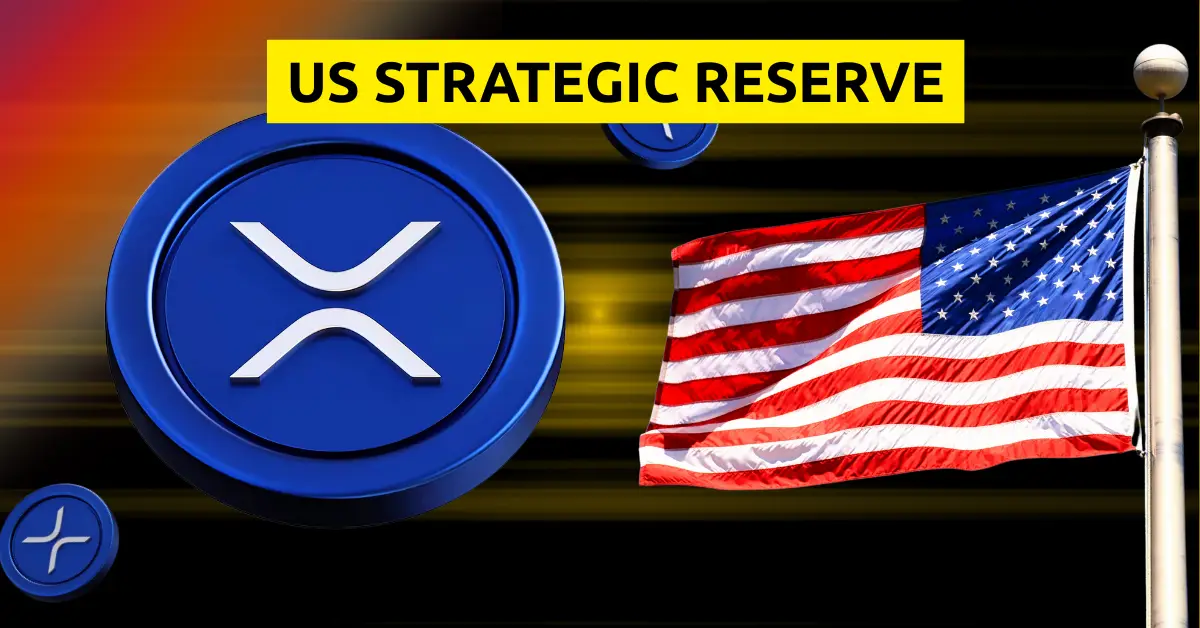XRP’s Growing Corporate Adoption and Strategic Reserve Potential: A Comprehensive Analysis
The cryptocurrency XRP, developed by Ripple Labs, has recently garnered significant attention from major companies planning to buy and hold it as part of their strategic reserves. This enthusiasm coincides with forecasts predicting substantial price rallies linked to institutional adoption and discussions around creating a crypto strategic reserve in the United States. Here, we explore the recent corporate interest in XRP, the implications for its market value, and the challenges it faces in becoming a central asset within digital reserves and global payments infrastructure.
Corporate Giants Eye XRP for Strategic Holdings
Within the last month, three notable companies have announced ambitious plans to acquire and hold XRP as part of their treasury assets. These include Wellgistics Health, VivoPower, and Webus International—each plotting to establish substantial XRP reserves to facilitate international operations and leverage blockchain efficiencies.
– Wellgistics Health revealed a $50 million credit facility specifically aimed at building a strategic XRP reserve. The firm plans to use the acquired digital assets not only as a financial reserve but also to accelerate its expansion into global markets and to underpin its blockchain infrastructure development.
– VivoPower is positioning itself uniquely by aiming to become among the first globally to operationalize XRP within its business processes. By partnering with BitGo, VivoPower ensures secure acquisition and custody of XRP tokens, underscoring a cautious but determined approach to blockchain asset ownership.
– Webus International, a Chinese travel and hospitality conglomerate, announced plans to raise up to $300 million through non-equity financing to establish a strategic reserve of XRP. Their vision spotlights XRP’s utility in powering global payments, capitalizing on the token’s capacity to bridge cross-border transaction demands efficiently.
The coordinated move by these companies signals an emergent institutional validation for XRP as a treasury asset designed not just for speculation but strategic liquidity and operational enhancements.
Price Dynamics and Institutional Momentum
XRP’s price trajectory reflects mixed but predominantly bullish technical patterns associated with growing institutional interest. After testing support levels near $2.00, XRP strengthened to approach resistance zones around $2.30 to $2.65, with analysts identifying potential breakouts towards $3.00 or more if momentum sustains.
Noteworthy is the speculation that corporate strategic reserve formation and broader institutional adoption could propel XRP prices even higher:
– Some forecasts suggest XRP prices could escalate to $10 or beyond if XRP solidifies itself within a US digital asset reserve framework.
– Legal expert Fred Rispoli postulated that if XRP’s market capitalization surpasses $500 billion by 2025, it could qualify for a dedicated strategic reserve—potentially triggering a dramatic price appreciation, considering XRP’s rank among top cryptocurrencies by market cap.
– Optimistic scenarios envision XRP breaking into price brackets between $3.50 and $4.50 following enhancements in Ripple payment solutions and cross-border stablecoin integration.
However, recent periods have seen XRP face selling pressure, dipping below critical support levels and carving descending channel patterns in price charts. These fluctuations emphasize market sensitivity to regulatory developments and corporate moves.
Regulatory and Structural Challenges
While XRP’s speed, scalability, and cost-efficiency position it as a prime candidate for a strategic corporate reserve asset, regulatory uncertainties remain a substantial hurdle. Key points include:
– The ongoing Securities and Exchange Commission (SEC) lawsuit against Ripple Labs has cast a shadow over XRP’s classification as a security or utility token. This legal ambiguity complicates institutional adoption and inclusion in official strategic reserves.
– Despite progress, XRP still trades below the theoretical $5 threshold stated by some experts to qualify for formal reserve status under US frameworks.
– Concerns about compliance, transparency, and regulatory clarity continue to temper enthusiasm, even as the digital asset’s utility in global payments remains clear.
XRP in the Context of a US Crypto Strategic Reserve
Discussions at the federal level about constructing a US crypto strategic reserve—as a digital asset stockpile similar to traditional commodity reserves—have brought XRP under renewed spotlight. Proposals envision a mix of top cryptocurrencies including Bitcoin, Ethereum, and potentially XRP, Solana, and Cardano to form the reserve base. The rationale is to leverage these digital assets to balance financial innovation with national economic security.
If adopted, XRP’s role as a bridge asset facilitating fast and low-cost international transactions could be a pivotal contribution to the envisioned reserve. This framework could dramatically accelerate adoption, institutional trust, and by extension, prices.
Yet, XRP must overcome market capitalization thresholds and regulatory hurdles to fully qualify. Legal experts and market participants are monitoring these developments keenly, as XRP’s success could redefine digital asset valuation and utility paradigms.
Future Price Forecasts and Market Sentiment
Market analysts present a spectrum of XRP price forecasts well into 2025 and beyond:
– Bullish scenarios predict XRP reaching anywhere from $3 up to $10 during anticipated market bull runs, driven by strategic reserve inclusion and corporate accumulation.
– More speculative takes even propose astronomical valuations of $20 or $100, contingent on XRP achieving massive market cap growth and regulatory clarity.
– Conversely, recent selling pressures and sub-$3 corrections remind that volatility will persist as the crypto ecosystem matures.
– The near to mid-term appears shaped by key technical milestones (e.g., sustaining above $2.30 resistance) and successful corporate adoption execution.
Conclusion: XRP’s Pivotal Moment Amid Opportunities and Risks
XRP stands at an intriguing crossroads where burgeoning corporate endorsements intersect with transformative regulatory and market uncertainties. The announcements by Wellgistics, VivoPower, and Webus International signal a shift in perception—XRP is evolving from a speculative token to a strategic reserve asset with tangible business use cases.
If these plans bear fruit and XRP gains formal inclusion in strategic reserves, prices could experience significant upward momentum, unlocking new investor confidence and industry utility. However, unresolved legal challenges and the dynamic nature of crypto regulation continue to pose risks that could temper potential gains.
Ultimately, XRP’s journey through 2025 will illuminate the broader narrative of digital assets’ integration into global finance—whether as instruments of operational strategy, reserves of value, or bridges for cross-border economic activity. Investors and companies will be watching closely as XRP navigates this complex but promising terrain.





